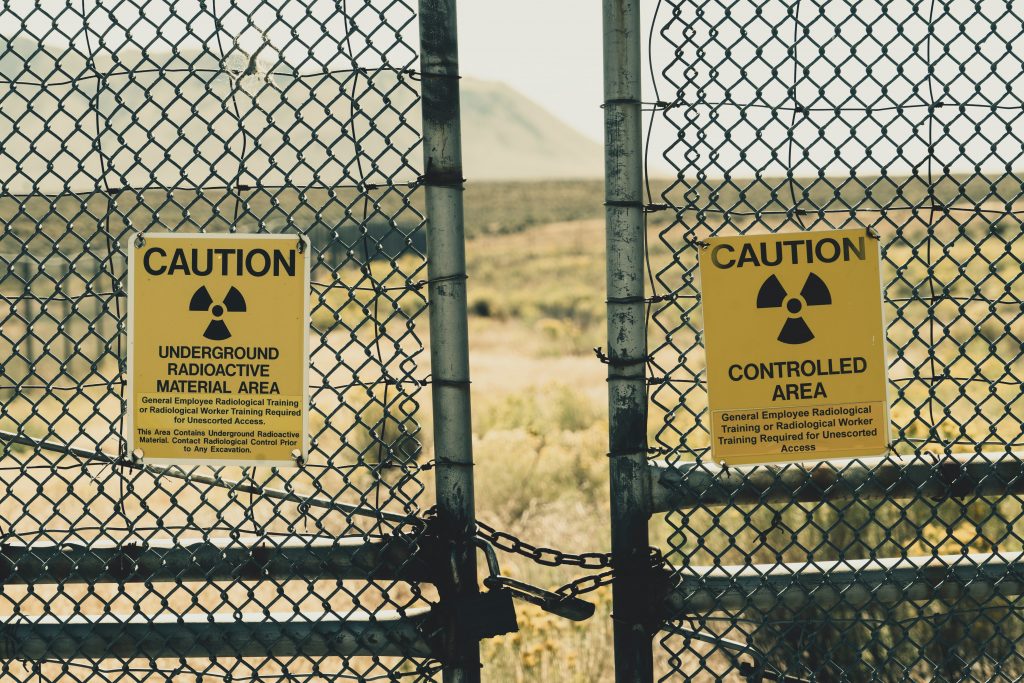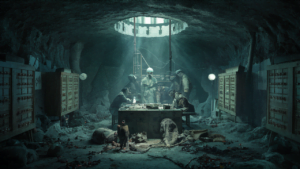A few days ago, Japan dumped nuclear waste into the sea. How did this unpopular decision come about and why? Before moving on to the technical considerations of the fact, it is important to review the steps that led to this choice.
On March 11, 2011 Japan recorded one of the largest earthquakes ever. A magnitude 9.0 earthquake struck off Japan`s northeaster coast. Tsunami waves smashed the coast, causing massive damage and flooding across the Tohoku region. After a major earthquake, 15-metre tsunami disabled the power supply and cooling system of three Fukushima Daiichi reactors, at the Fukushima Daiichi Nuclear Power Plant in Okuma, Fukushima, causing a nuclear disaster.

It was the most severe nuclear accident since the Chernobyl Nuclear Disaster in 1986. Due to high radioactive releases over 4 to 6 days, the accident was ranked category 7 on the International Nuclear and Radiological Incident Scale. Three nuclear reactors at the Fukushima plant suffered meltdowns. Molten fuel debris melted into steel containment structures and into the reactor buildings’ concrete foundations. Since then, Water has been pumped through the debris to keep the fuel and debris from overheating and creating further destruction.
Per day, some 100 cubic meters (840 barrels) of groundwater is pumped into the reactors and becomes contaminated. They’ve already collected all of the radioactive water, which is now being stored in over 1000 steel tanks on the Fukushima site.
Japan now has decided to dump 1 million cubic meters of treated radioactive water (nuclear waste) into the sea. According to the authorities’ storage tank at the site are predicted to be full by mid-2022, and there is no space to build more storage facilities. Tokyo Electric Power Company (TEPCO) will start dumping mildly radioactive water into the Pacific Ocean in 2023.
The contaminated water is drained out and processed by the Advanced Liquid Processing System, or (ALPS), before being deposited in one of the site’s 1,000 tanks. Most of the radioactive elements are removed during the processing expect for Tritium. A weak radioactive type of hydrogen that has two extra neutrons. It is a typical by-product of nuclear power production and is naturally formed in the upper atmosphere. It’s used to make nuclear weapons, medicines, and to make glow-in-the-dark objects like exit signs and watch dials, among other things.
“According to David Hess, a policy consultant at the World Nuclear Association, several nuclear power plants dispose small quantities of tritium and other contaminated nuclear waste into rivers and oceans. According to the US Nuclear Regulatory Commission, such “authorized releases” of so-called tritiated water are carried out “routinely and safely” and are completely disclosed”.
Decision to release treated nuclear waste from wrecked Fukushima Nuclear Plant (Japan) into the sea sparked outrage among its neighbours, environmental activists, as well as the local fishing industry.
A decade after a major earthquake and tsunami caused a nuclear meltdown in March 2011, Prime Minister Yoshihide Suga said that ocean release was the most viable solution for Fukushima’s recovery, a big breakthrough after seven years of debate about how to dispose the water used to cool molten fuel at the Fukushima Daiichi nuclear power plant.
The International Atomic Energy Agency has given its approval to the Japanese government’s proposal, stating that releasing it into the ocean complies with global standards. This is a normal way to discharge water at nuclear power plants, according to IAEA Director General Rafael Grossi. The March 11, 2011, earthquake and tsunami off Japan’s northeast coast resulted in approximately 16,000 confirmed deaths and significant destruction, including the Fukushima meltdowns.
Since then, steady progress has been made on the plant’s clean-up, which TEPCO expects will take another 30 to 40 years.
Omkar Amol Moharir
For Insider Release
Do you want to tell us something?
Contact:
What’s your opinion on this matter?
Leave a comment below!
DISCLAIMER
INSIDER RELEASE is an informative blog. Various topics are discussed.
Ideas and concepts, although are based on research from official sources, are the result of free evaluations by the writers.
The BLOG, in full compliance with the principles of information and freedom, is not classified as a press site.









More Stories
Discover the Yanomami: Guardians of the Amazon’s Ancient Wisdom
Rising Wildfire Crisis in Texas: Unprecedented Devastation and the Urgent Call for Action
The Crucial Role of AMOC in Climate Regulation and Its Global Impacts